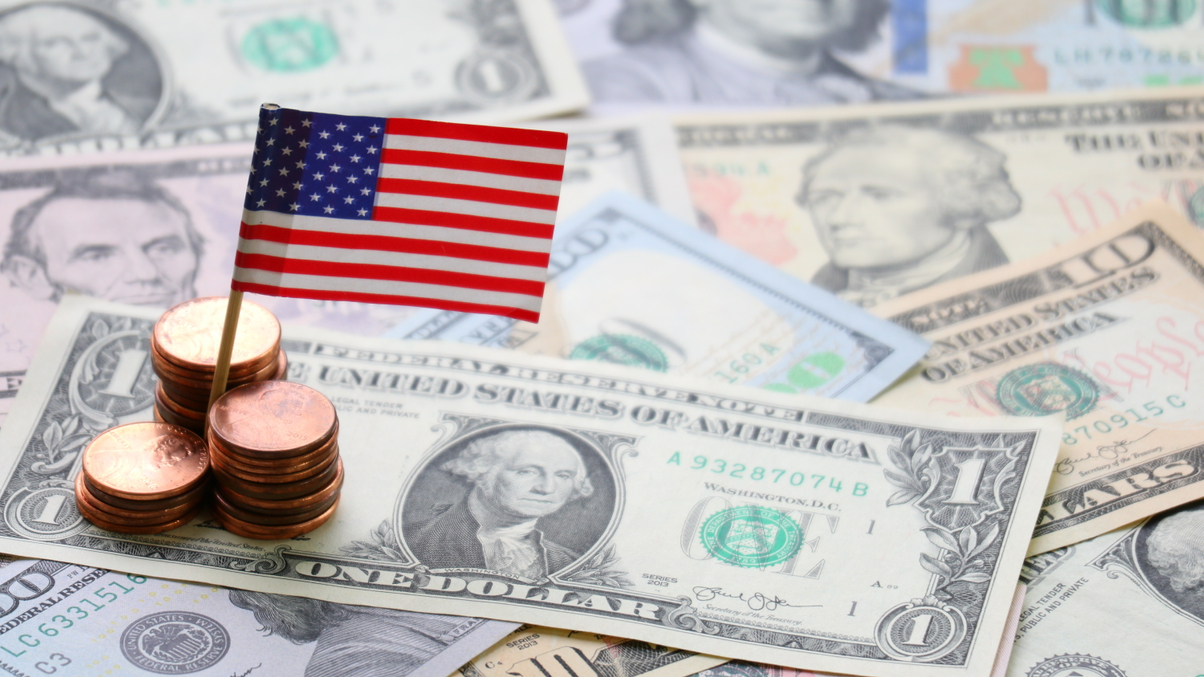Year of the Pig reflection: How the US economy performed
As Chinese New Year nears, we look back on the predictions we made for the Year of the Pig. First of all, we look back to our prediction on US economic growth.

At the beginning of every Chinese New Year AsianInvestor makes 10 predictions relating to economic, geopolitical or investment issues that will affect how investors make their major decisions. Then, at the end of the year, we look back to how accurate these predictions were.
Sign in to read on!
Registered users get 2 free articles in 30 days.
Subscribers have full unlimited access to AsianInvestor
Not signed up? New users get 2 free articles per month, plus a 7-day unlimited free trial.
¬ Haymarket Media Limited. All rights reserved.


